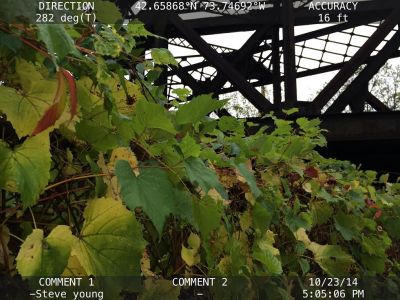If you have not use the iNaturalist app to enter plant photographs and location information you haven’t had the opportunity to use the automatic identification feature. For those of us who have, we are increasingly amazed at how good it is at identifying the plant to species, especially those that are not grasses, sedges, or rushes. This feature works with computer machine learning that compares your photo to the millions of others in the database that have been confirmed by others to pick the closest match. It is not uncommon now to be on plant walks where people are using the app to identify plants instead of using plant ID books or to supplement them. The same thing is happening with other groups of organisms like birds that can be identified on a phone app by their song or call or by app keys like Merlin. It will be interesting to see how automatic ID progresses and how it will change what we use to identify plants. If you register for iNaturalist and enter an observation you can click on the species field and the program will give you a choice of species to select and the first species selected is often correct (see photo). If it is not correct then other people who use the site and know the correct identification can enter that. Then the computer can add that correct identification done by a human into its memory to refer to next time. The only challenge this auto ID has is that it can’t tell you why that is the species it chose, what the identifying characters are so you can learn them for next time. Maybe that feature will be included in the future. Check it out and let us know what you think.




